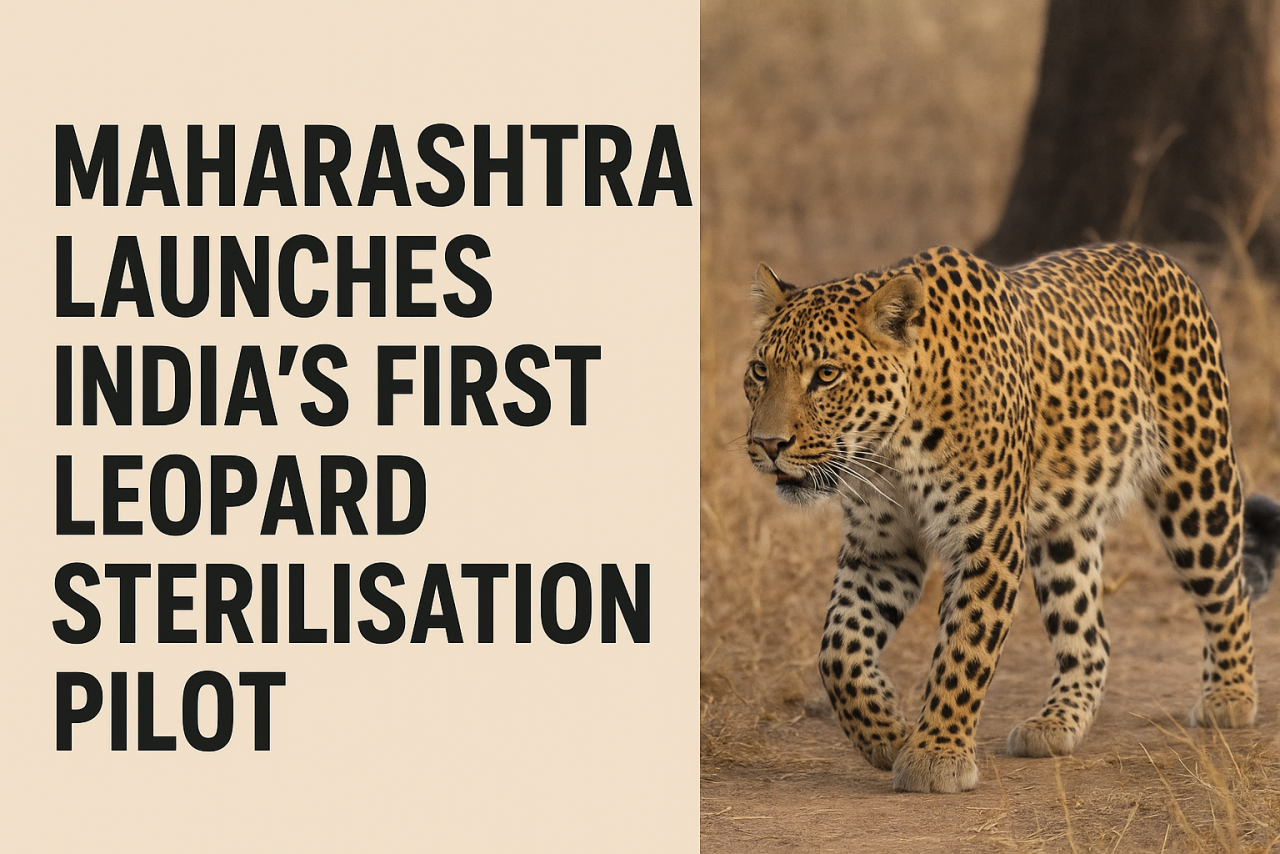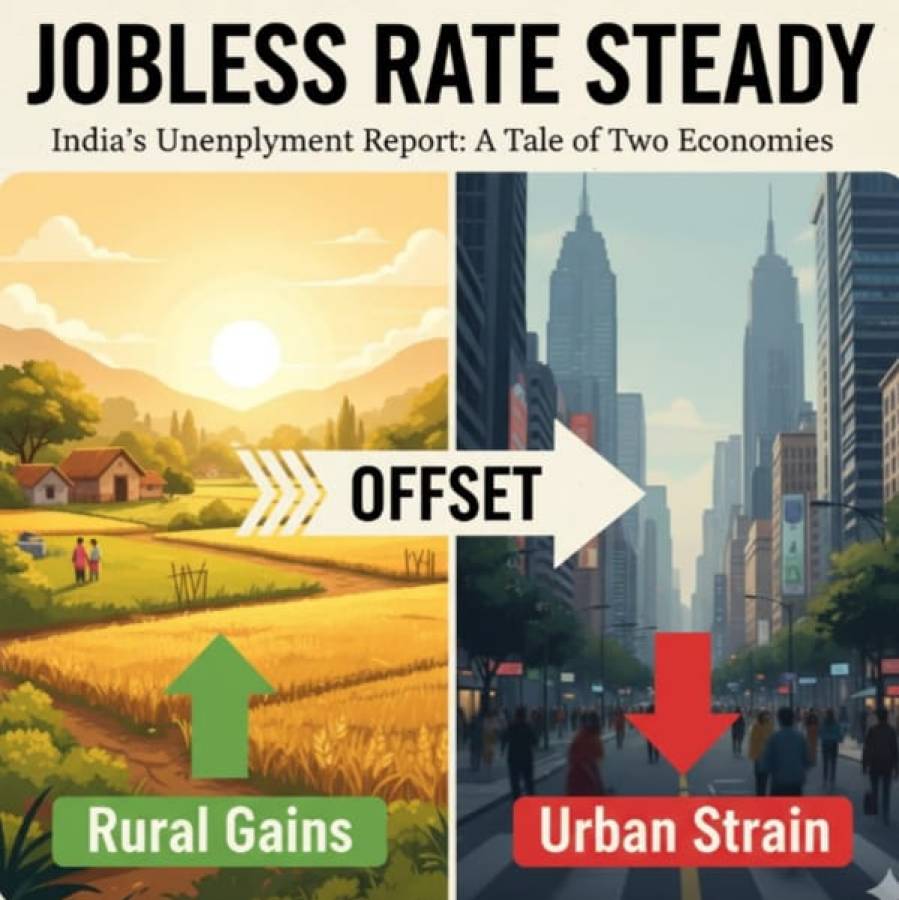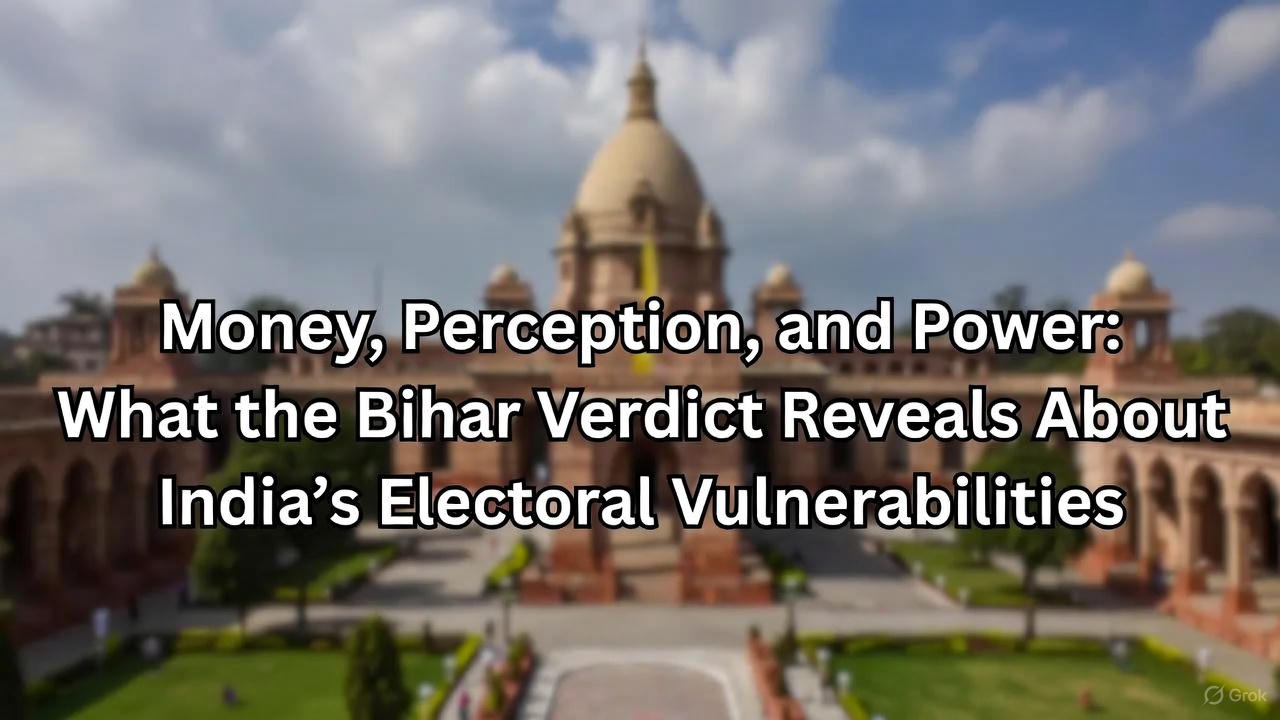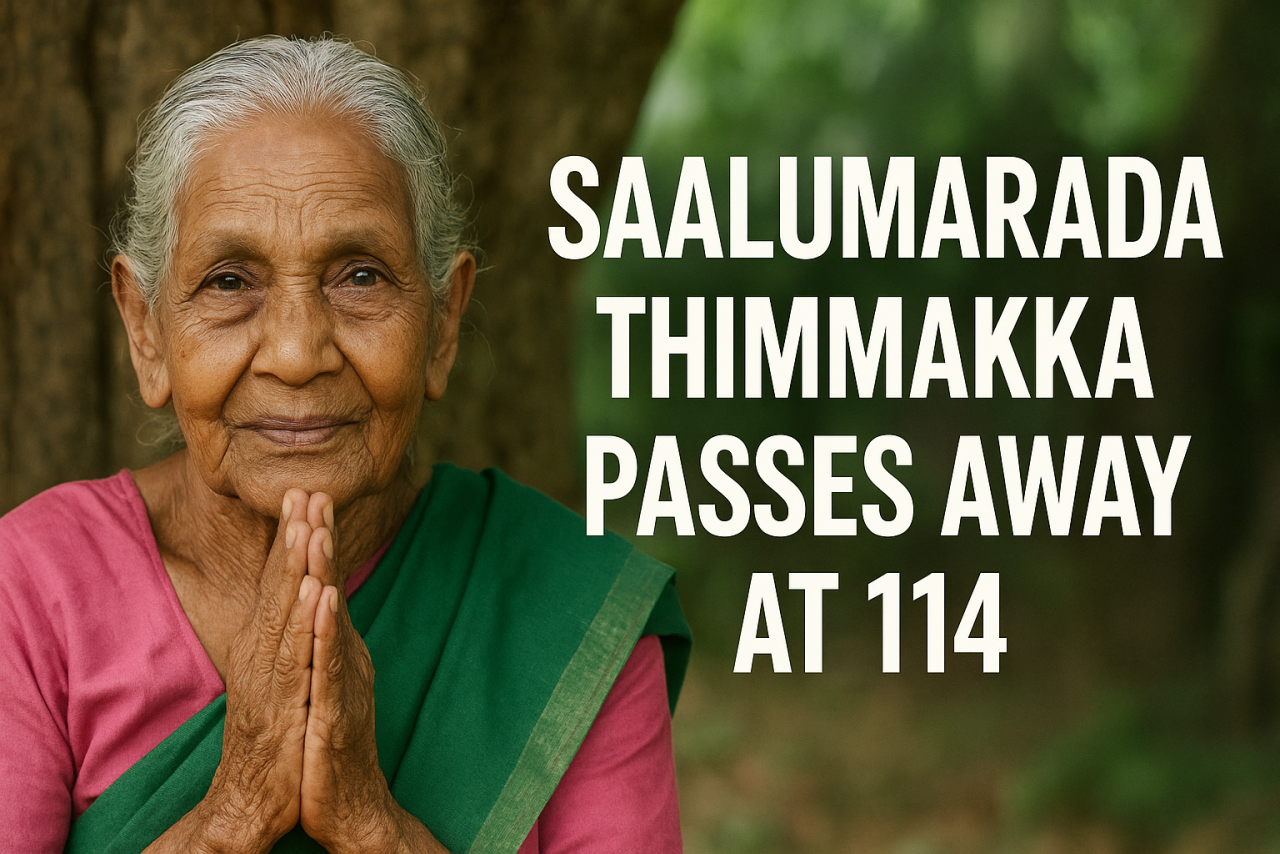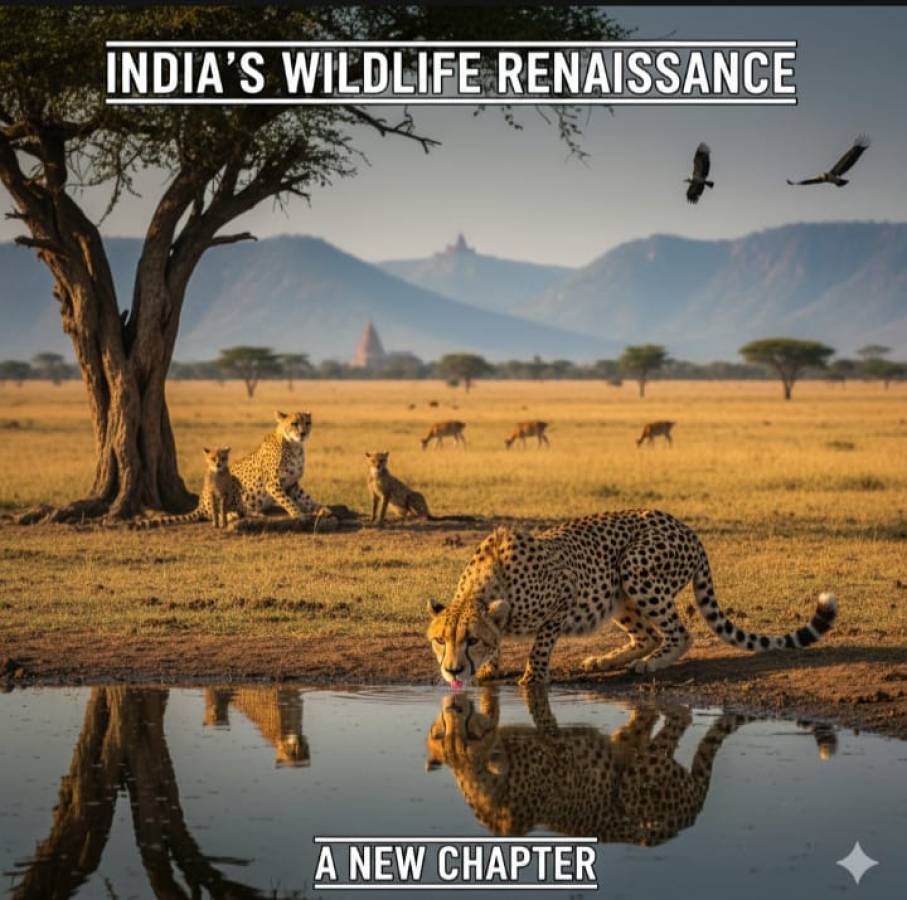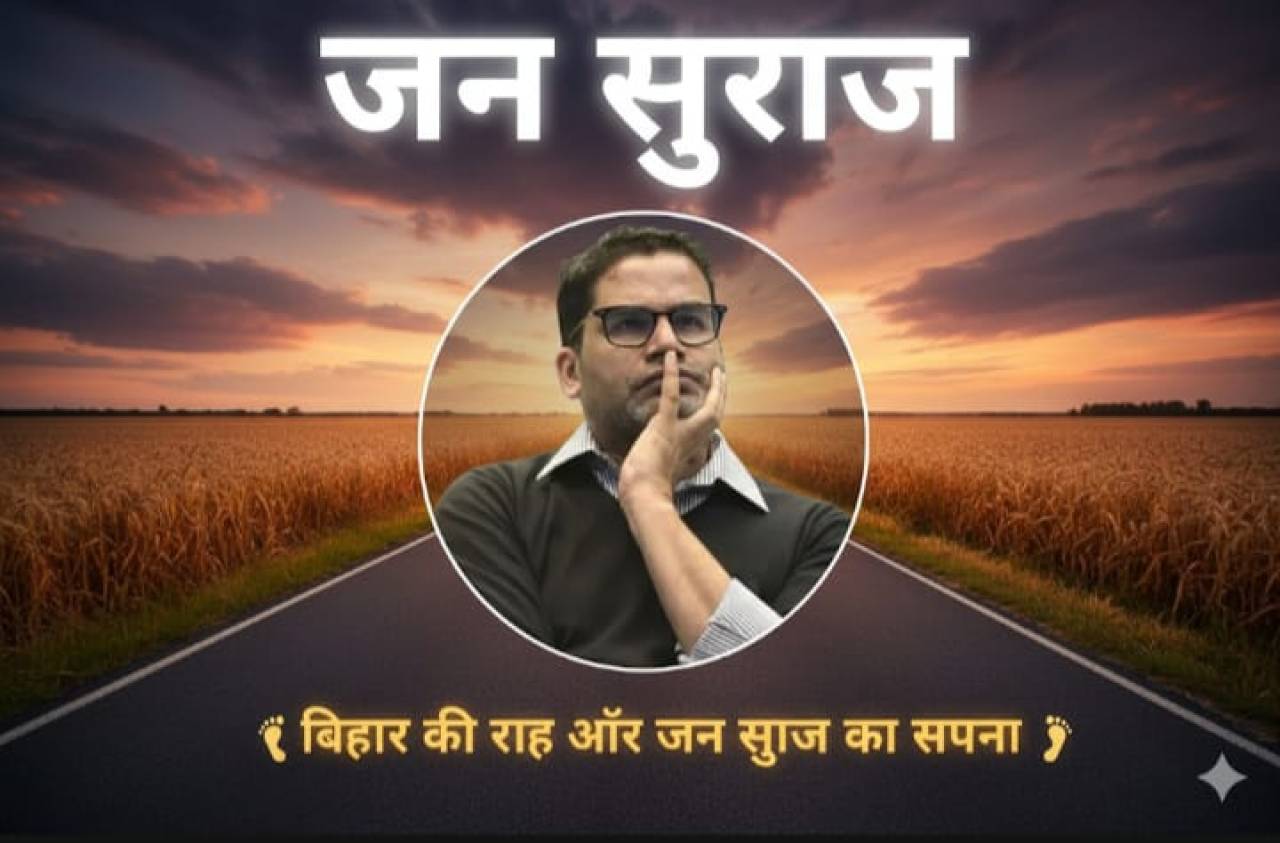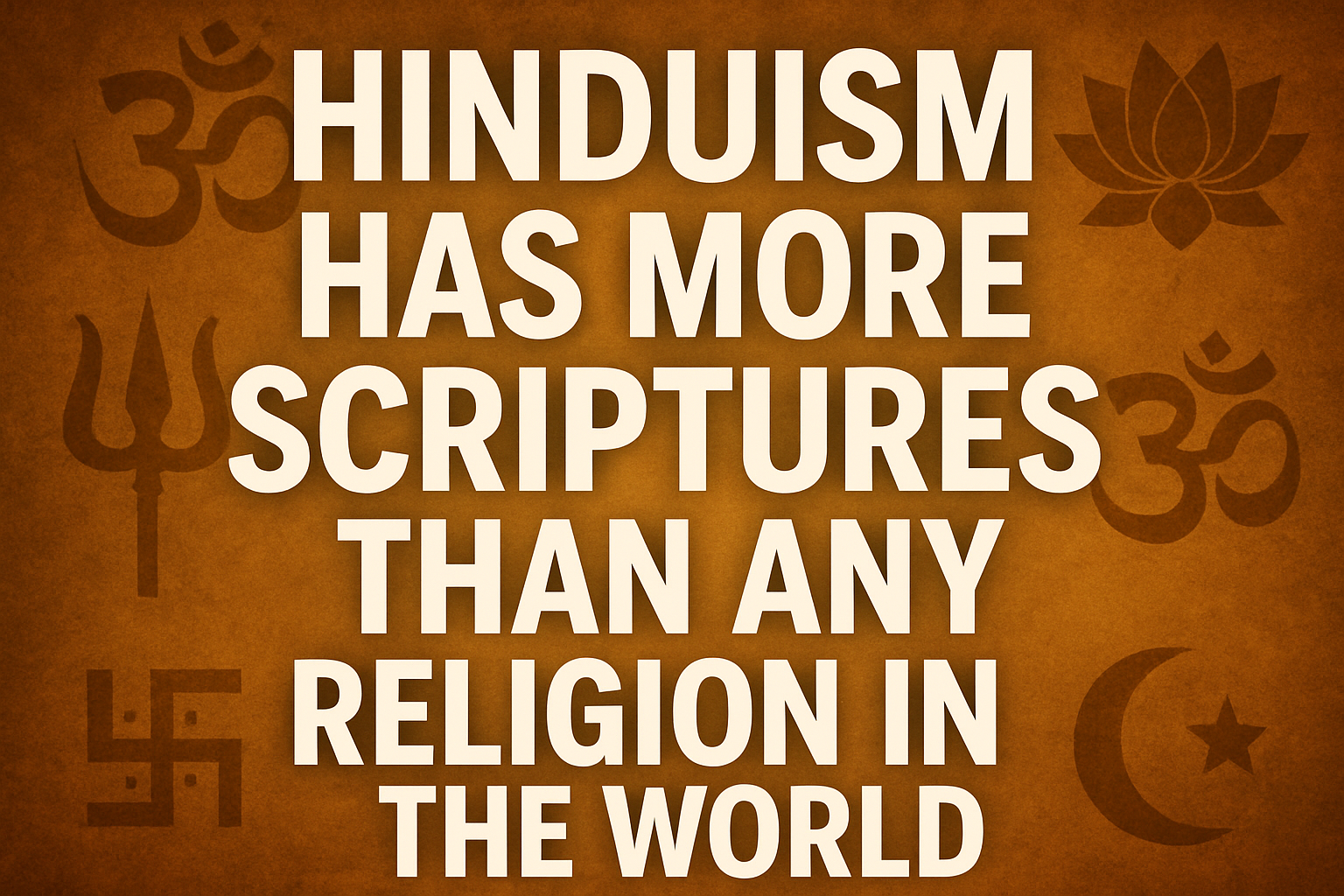
When we speak of religions, we usually think of a single book. Christianity has the Bible, Islam has the Quran, Sikhism has the Guru Granth Sahib, and Judaism has the Torah. Each stands as the core text of faith, the one guide that defines belief and practice. Hinduism does not fit into this frame. It is not a religion of one book. Instead, it is a civilization that has preserved itself through an entire ocean of scriptures, written over thousands of years, reflecting a wide spectrum of human thought.
The question then arises: which religion has the most scriptures? The answer is simple—Hinduism. Yet the explanation is far from simple. To understand why, one must step into the history of its texts.
The Vedas: Foundations of Knowledge
The oldest layer of Hindu scriptures is the Vedas. They are four in number—Rigveda, Samaveda, Yajurveda, and Atharvaveda—containing more than 20,000 mantras in total. Each has its own focus: hymns, chants, rituals, or knowledge of healing and the natural world. For Hindus, these texts are shruti— “heard” by sages in deep states of meditation. They are not considered authored but revealed.
The Vedas are not only religious guides. They also contain elements of science, philosophy, music, and even mathematics. They represent the beginning of Hinduism’s habit of recording every aspect of human curiosity.
The Upanishads: Philosophy in Depth
From the Vedas emerge the Upanishads, texts that shift the attention from ritual to inquiry. There are over 200 known Upanishads, of which 108 are considered principal. They ask timeless questions: Who am I? What is reality? Is there something beyond birth and death?
Each presents conversations between teacher and student, exploring truth not as dogma but as discovery. In these dialogues, one finds ideas of the eternal self (Atman), the ultimate reality (Brahman), and the path to liberation (Moksha).
The Epics: Stories That Shape Civilizations
If the Vedas and Upanishads speak to the philosopher, the epics speak to the common man. The Ramayana (about 24,000 verses) and the Mahabharata (over 100,000 verses, the longest epic poem in the world) are not only stories of gods and kings but mirrors of society.
Within the Mahabharata lies the Bhagavad Gita’s 700 verses, a dialogue between Krishna and Arjuna that offers practical guidance on how to live a balanced life amid conflict and duty. The Ramayana tells the tale of Rama and Sita, of exile, devotion, and the fight against injustice. Across India and Southeast Asia, its verses are retold through plays, songs, and dance, making it a living text rather than one confined to pages.
The Puranas: Myths and Memory
To this already vast body of literature are added the Puranas. There are 18 major Puranas and dozens of minor ones, collectively running into hundreds of thousands of verses. They narrate myths, cosmology, genealogies of kings, and details of temple worship. Unlike the Vedas, which are dense and ritualistic, the Puranas are accessible. They explain the universe in story form, making them popular across villages and towns.
The Puranas are also where devotion to gods like Vishnu, Shiva, and Devi finds its detailed expression. They are manuals of faith, shaping how ordinary people understand divinity.
Smritis, Agamas, and Regional Texts
Beyond these, Hinduism has the Smritis, which include texts like the Manusmriti that laid down codes of law and social conduct. The Agamas and Tantras prescribe temple rituals, yoga practices, and esoteric meditations.
Then there are regional scriptures—works in Tamil like the Tirukkural (1,330 couplets) or the Tevaram hymns, in Bengali like the works of Chaitanya, and in other Indian languages. Together, they add thousands more texts, each respected within its community.
Comparison with Other Religions
Most other religions are anchored by one or a few central books. Christianity revolves around the Old and New Testaments. Islam rests on the Quran, supported by Hadith traditions. Sikhism has the Guru Granth Sahib, regarded as the eternal Guru. Buddhism has the Tripitaka, with additional sutras in Mahayana traditions. Judaism has the Torah and Talmud.
Each of these collections is profound, but they are compact when compared to Hinduism’s massive range. In Hinduism, there is no single text that claims final authority. That is both its strength and its complexity.
Why So Many Texts?
The reason is simple: Hinduism never silenced differing voices. A sage could claim the world was illusion, while another argued it was real and divine. Instead of erasing one view, the tradition preserved both. Over centuries, every school of thought, every reform movement, and every regional tradition found its place in writing.
This openness turned Hinduism into a layered archive. It is not one story told in one voice, but many stories told in many voices, across languages and centuries.
A Library That Still Breathes
What makes this more than history is the fact that these texts remain alive. The Vedas are still chanted by priests, the Ramayana still enacted in villages, the Gita still studied in classrooms, and the Puranas still retold in homes. These scriptures are not locked in museums; they are part of everyday life.
Every generation reinterprets them. Modern thinkers quote the Gita, artists adapt epics into films, and devotees sing hymns composed over a thousand years ago. It is a living library.
Final Take
So which religion has the most scriptures? The answer is Hinduism. But the real point lies not in the count but in the spirit. These texts reflect a civilization’s refusal to limit itself to one book, one voice, or one truth. They reveal a culture that preserved debate, poetry, law, myth, and devotion side by side.
To call Hinduism the religion with the most scriptures is accurate. To call it the religion that turned life itself into scripture may be even closer to the truth.



